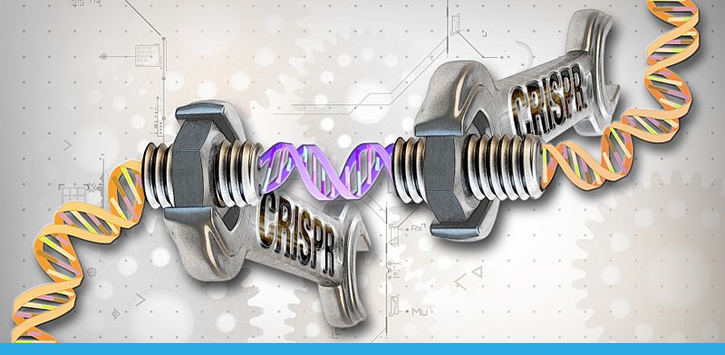Genetic engineers are able to edit the genome of an organism. One tool they use is called CRISPR, which stands for “Clusters Regularly Interspaced Short Palindromic Repeats.” Having the power to edit an organism’s DNA has sparked an ethical debate about how we should use the technology we have.
In laboratories, CRISPR is being used to alter the DNA of plants, bacteria and animals. There are also clinical trials using CRISPR to treat and prevent genetic diseases and cancer. Genetic enhancements are being discussed as well. The use of genetic enhancement on babies coined the term “designer babies.” These genetically engineered infants can be edited to be “better,” whether preventing a genetic disease or improving cosmetics.
It is also important to take into consideration that CRISPR is not perfect. The editing could be off-target, potentially harming the organism in ways we do not know the impacts of.
Because this is such a controversial debate, it is important to look at all sides. Perspectives ranging from CRISPR shouldn’t be used at all, it should be limited to medical treatment and prevention, to CRISPR should be used to make our babies “better.” For the most part, those who want to enhance humans using CRISPR look at it as the next step for the evolution of humans. But it is unlikely everyone would have access, what would happen to those who did not? Would there be a division between those with an edited genome and those without?
Some suggest limiting it to medical use could prevent the misuse of CRISPR, limiting the potential damage. Though if use is limited to medical purposes, are we missing the opportunity to advance as a species? If we don’t use it at all we avoid these risks, but would be throwing away a potentially life-saving treatment. Each solution imposes new threats and questions to which there is no “right” answer, at least not yet.
Advances in science come with new ethical debates, genetic engineering is a prime example of this. With CRISPR we can edit an organism’s DNA, but this power comes with new dangers and concerns.
Sources
https://www.livescience.com/58790-crispr-explained.html
https://www.brainfacts.org/in-the-lab/tools-and-techniques/2019/crispr-explained-071519
https://www.nytimes.com/2018/06/10/us/11retro-baby-genetics.html

